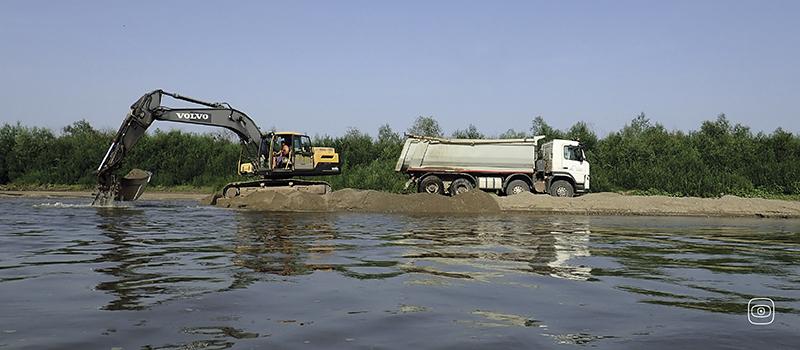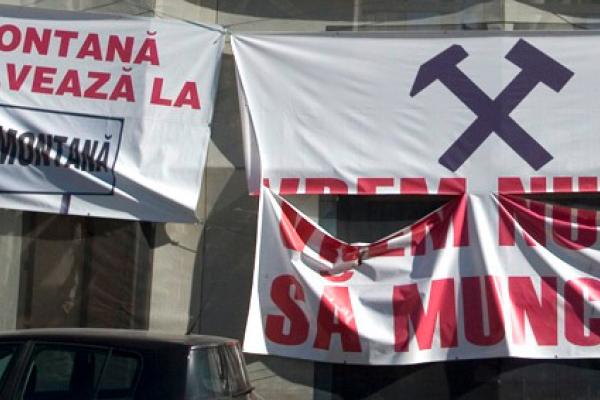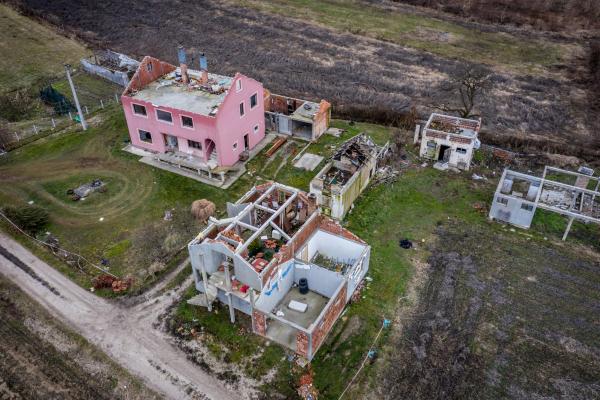Although EU directives and of member state law require the protection of rivers, it is widely known that sand and gravel are still being extracted from riverbeds in Romania, despite a theoretically ban. In our series of articles, we aim to uncover where the system is failing. Are the laws unclear? Are gravel companies breaking the rules? Are the authorities corrupt or turning a blind eye to the violations?
Each of these statements is true to some extent, and the most alarming part is that the regulations governing gravel extraction are about to change for the worse.
The team of journalists give a detailed account of the huge environmental and economic damage caused by the constant dredging of riverbeds, as well as how water from gravel washing plants is returned to the river without proper sedimentation, making the water murky. They also showcase the results of fieldwork conducted along the Romanian and Hungarian stretches of the Szamos River, and the reactions of the authorities to our reports of illegal activities.
The team exhausted all the options available to citizens, and have concluded that the authorities awerere shielding companies involved in illegal mining and other violations, probably with significant political backing.
As a result, the groundwater levels also decreasing in line with the rivers. This poses a huge threat to aquatic life, and when combined with the effects of recent droughts, it seriously threatens agricultural production and our freshwater resources.
With EU funding, several thousand kilometres of motorways are soon to be built in Romania, requiring large quantities of gravel and sand. Unless urgent action is taken to prevent a significant proportion of this being extracted from riverbeds, an ecological disaster is likely.
Illustration by Péter László PAP / Transtelex.ro.







